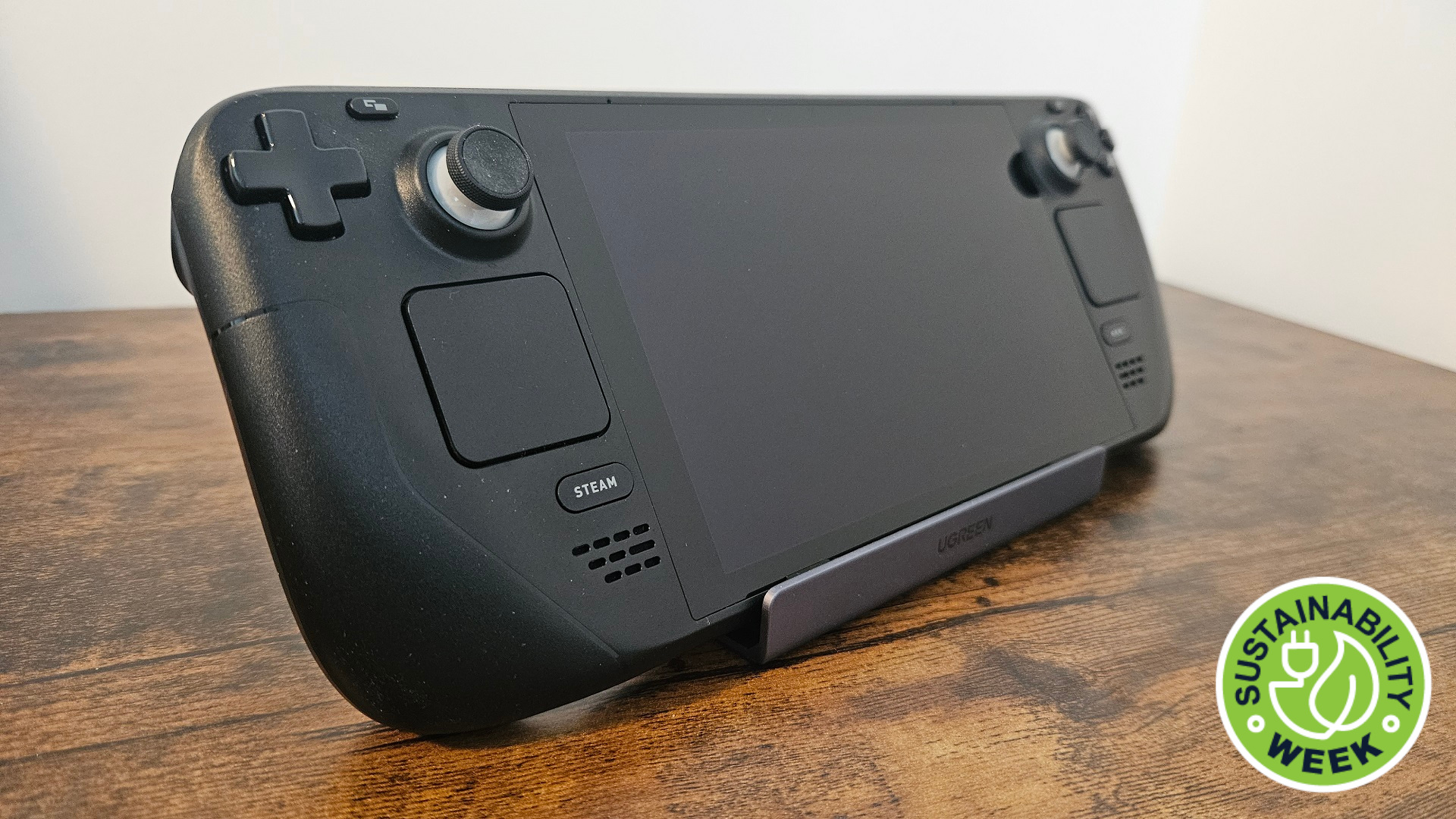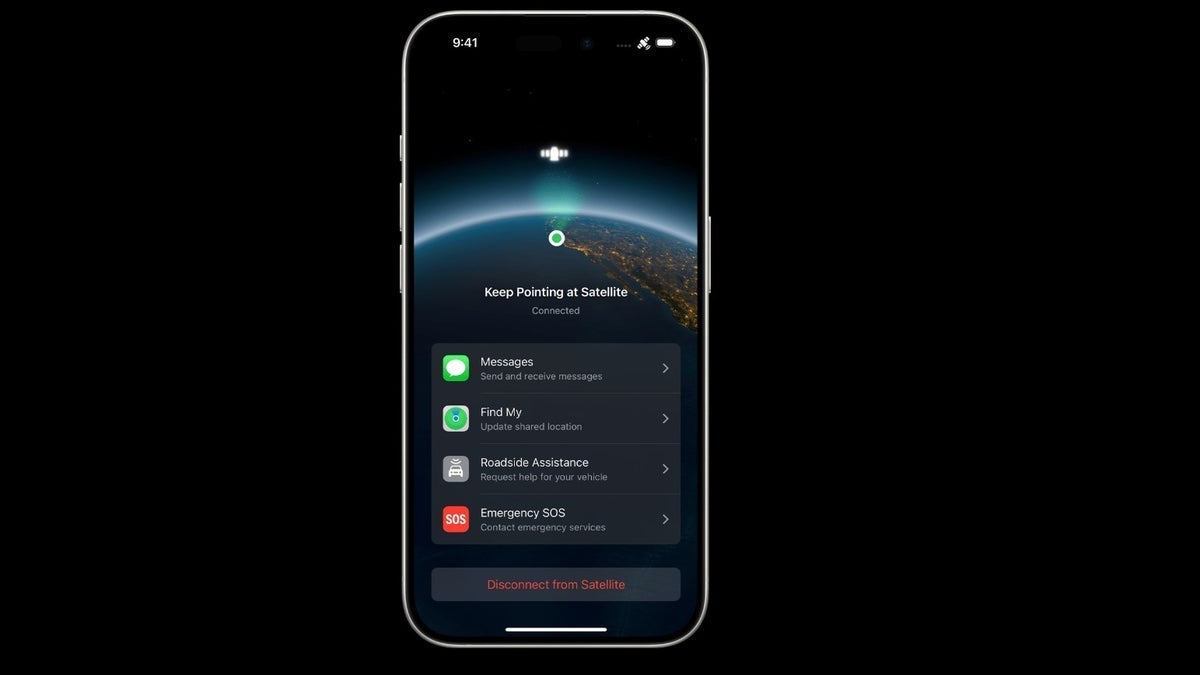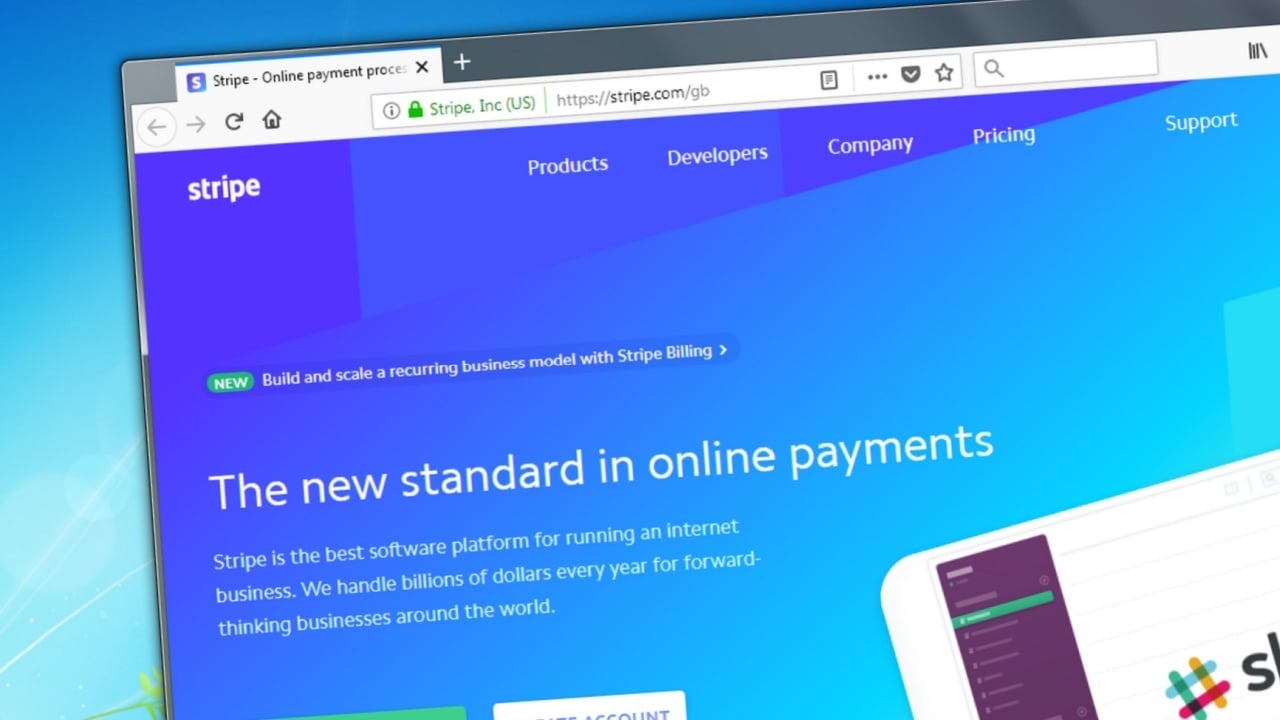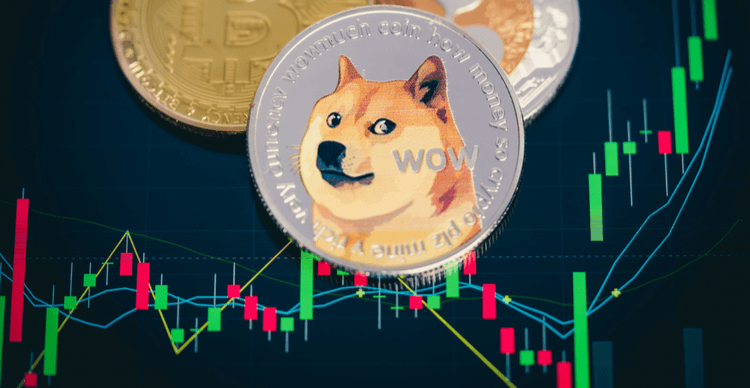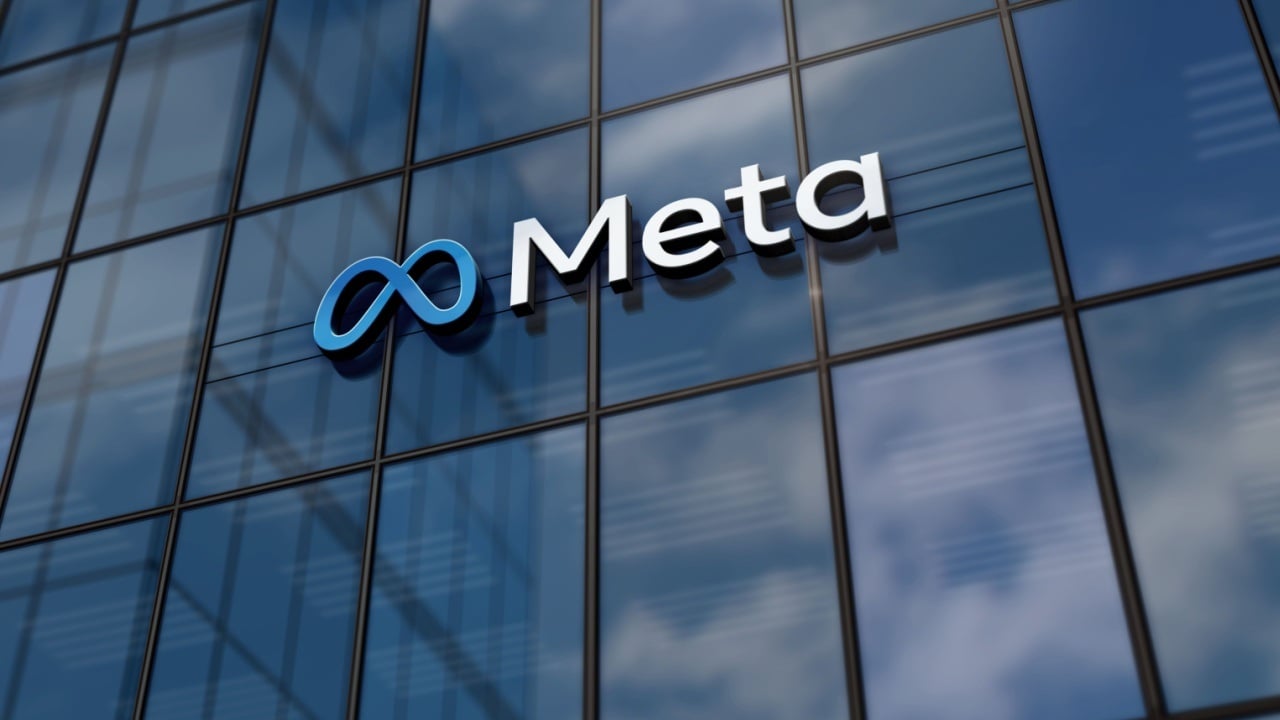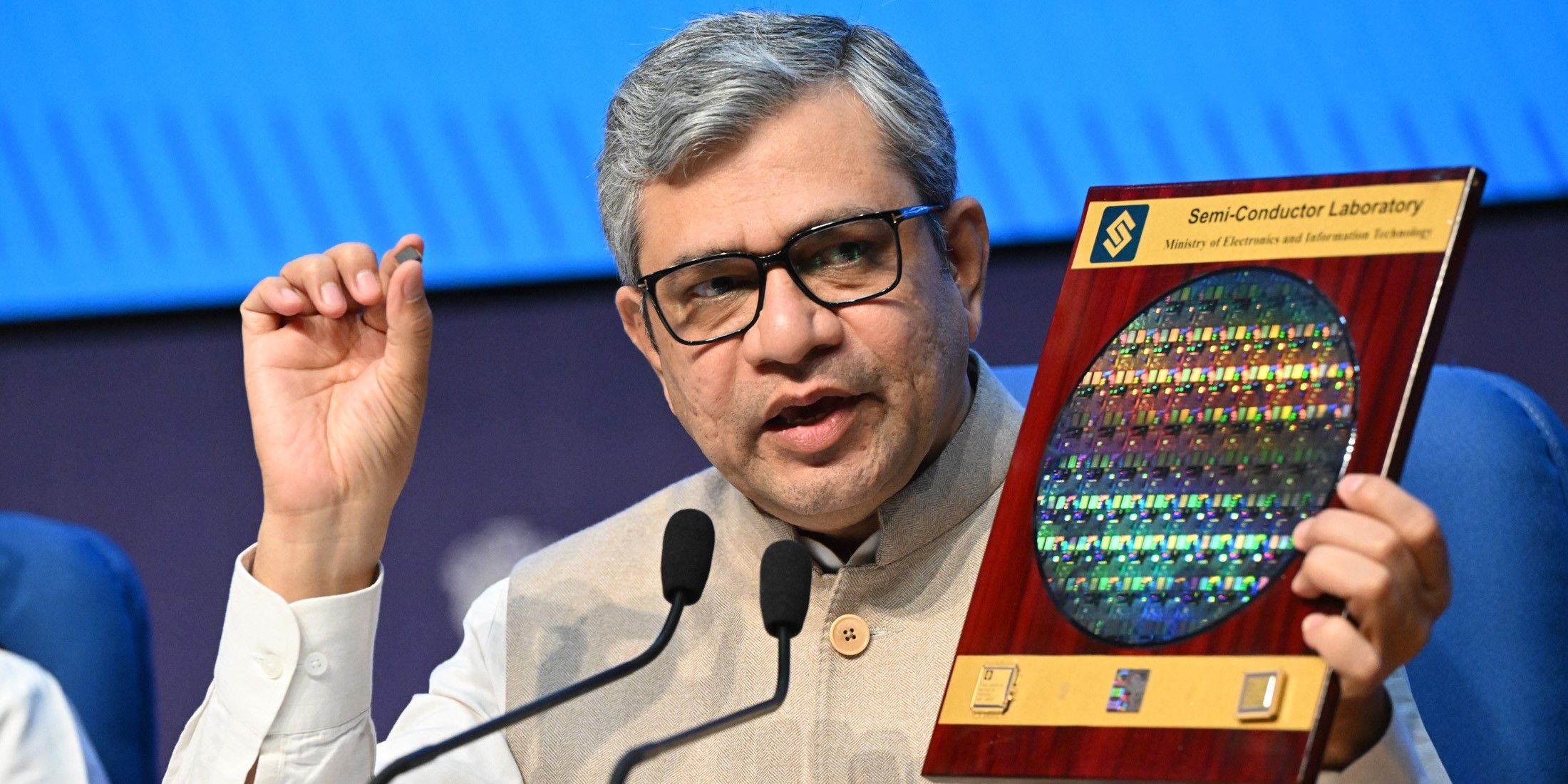How fintech is making healthcare treatments more affordable
Fintech is making a big difference in how healthcare is paid for in India by integrating payment systems into healthcare-specific mobile apps and offering a variety of payment options such as credit lines, digital wallets, and no-cost EMIs.


The convergence of healthcare, finance, and technology is causing a radical transformation in India's healthcare system. In addition to making payment processes easier, these advancements make it possible for more people to afford and receive medical care.
Fintech is making a big difference in how healthcare is paid for in India by integrating payment systems into healthcare-specific mobile apps and offering a variety of payment options such as credit lines, digital wallets, and no-cost EMIs.
Where fintech and healthcare intersect
Often referred to as "Fintech for Healthtech," the intersection of ‘financial technologies’ or ‘fintech’ and healthcare is changing how patients handle their medical bill payments. For Indians looking to reduce their family’s healthcare costs and those looking to access instant funds to pay for their family’s medical bills, when they are faced with insufficient insurance coverage in particular, traditional payment methods almost always fail.
In essence, paying for healthcare is a high-friction experience. Fintech solutions address these issues by providing unique, simplified payment systems and flexible choices, regardless of whether medical expenses are covered by health insurance or not.
Payment apps and healthcare credit lines
Imagine a payment app that lets you pay for any type of medical expense for yourself or your family members anywhere in the country; access your personal funds and get an instant cost reduction; and access your employer’s funds and other financing sources tailored to your family’s healthcare needs.
The advent of specialised credit lines within the app, with no-interest monthly installments, is another innovation to significantly increase the access to healthcare.
Companies like Fibe and Bajaj Finserv have created credit facilities allowing people to pay medical expenditures in installments without additional interest by means of linked hospitals and pharmacies.
Digital wallets and seamless transactions
In India, digital wallets have evolved into a necessary component of the payment system; their acceptance in healthcare is no different.
Across several healthcare entities, the Ministry of Health and Family Welfare has approved the usage of digital payment options including UPI, BHIM, mobile wallets, and credit/debit cards. Cashless transactions made possible by this endorsement help to lower reliance on actual cash and improve payment system efficiency.
To those who once lacked access to such services, fintech companies are also developing platforms with healthcare payment apps, micro-loans for healthcare, crowdfunding solutions, and health insurance plans.
Government programmes and support
In order to improve financial inclusion, the Indian government has been aggressive in supporting digital payments and fintech technologies. Initiatives such as the Unified Payments Interface (UPI) have transformed the scene of digital payments by increasing the security and accessibility of transactions.
The Reserve Bank of India (RBI) has also instituted policies meant to improve digital transaction security. To curb fraudulent activities and boost customer confidence in digital payments, the RBI is assigning exclusive domain names like "bank.in" for banks and "fin.in" for non-bank financial institutions.
Managing out-of-pocket spending
Though there are health insurance programmes available, a good number of Indians pay out-of-pocket for medical care. By providing financial products fit for these costs, fintech solutions are closing this gap. The Sanjeevani card, for instance, gives hospital staff a pre-approved credit limit for health and wellness expenses, therefore assuring that financial restrictions do not prevent access to required medical treatment.
Potential difficulties
Even if fintech developments are helping healthcare to be more accessible, issues such as digital frauds and cybersecurity remain. The RBI is stepping in to improve security after warning banks about the increasing fraud rates in digital payments.
Furthermore, the popularity of fintech solutions in healthcare depends on general acceptance and digital literacy among the people. Users must be constantly educated regarding the advantages and safe application of digital payment systems.
Final thoughts
A hopeful development that could make medical treatments more accessible and reasonably priced is the fintech inclusion into India's healthcare system.
By means of creative payment options including credit lines, digital wallets, and no-cost EMIs, fintech is removing financial obstacles that hitherto prevented people from receiving urgent medical attention. Fintech is likely to become very important in the future of Indian healthcare payments given continuous government support and an emphasis on improving security measures.
(Disclaimer: The views and opinions expressed in this article are those of the author and do not necessarily reflect the views of YourStory.)






























































































































































![[The AI Show Episode 143]: ChatGPT Revenue Surge, New AGI Timelines, Amazon’s AI Agent, Claude for Education, Model Context Protocol & LLMs Pass the Turing Test](https://www.marketingaiinstitute.com/hubfs/ep%20143%20cover.png)












































































































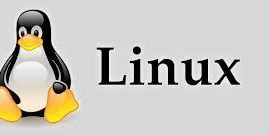


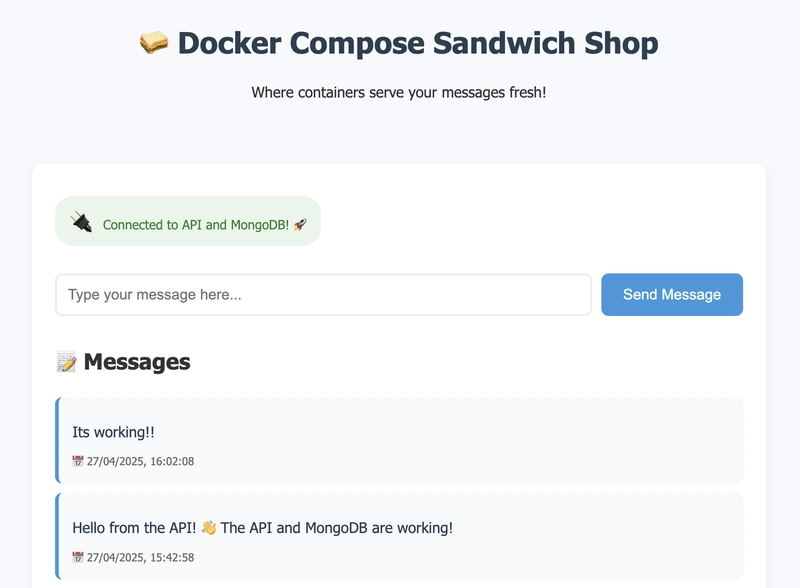











![[DEALS] Koofr Cloud Storage: Lifetime Subscription (1TB) (80% off) & Other Deals Up To 98% Off – Offers End Soon!](https://www.javacodegeeks.com/wp-content/uploads/2012/12/jcg-logo.jpg)
















































































































































 CISO’s Core Focus.webp?#)





































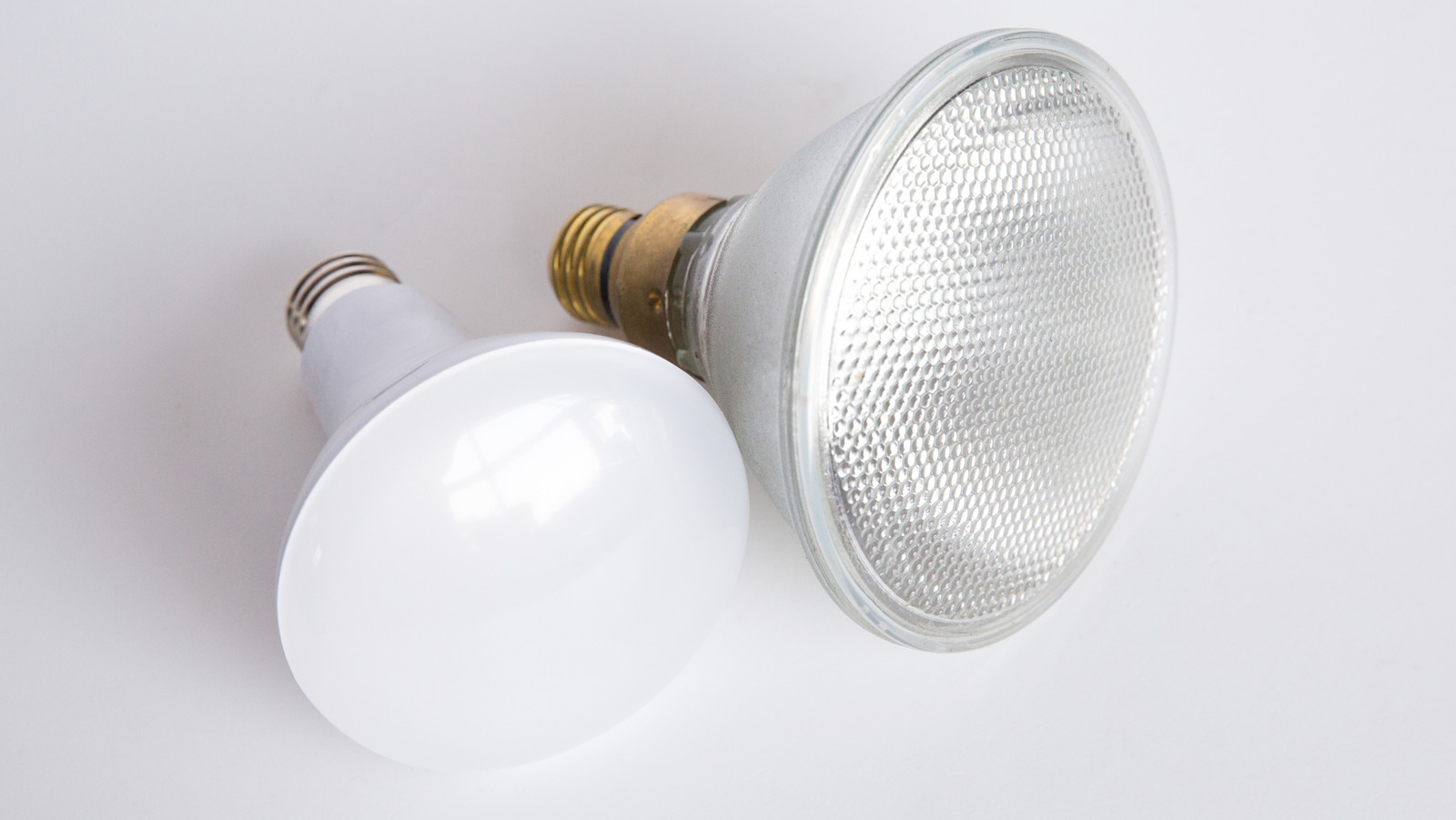



















































![Hostinger Horizons lets you effortlessly turn ideas into web apps without coding [10% off]](https://i0.wp.com/9to5mac.com/wp-content/uploads/sites/6/2025/04/IMG_1551.png?resize=1200%2C628&quality=82&strip=all&ssl=1)




![This new Google TV streaming dongle looks just like a Chromecast [Gallery]](https://i0.wp.com/9to5google.com/wp-content/uploads/sites/4/2025/04/thomson-cast-150-google-tv-1.jpg?resize=1200%2C628&quality=82&strip=all&ssl=1)











![iPadOS 19 May Introduce Menu Bar, iOS 19 to Support External Displays [Rumor]](https://www.iclarified.com/images/news/97137/97137/97137-640.jpg)

![Apple Drops New Immersive Adventure Episode for Vision Pro: 'Hill Climb' [Video]](https://www.iclarified.com/images/news/97133/97133/97133-640.jpg)

















